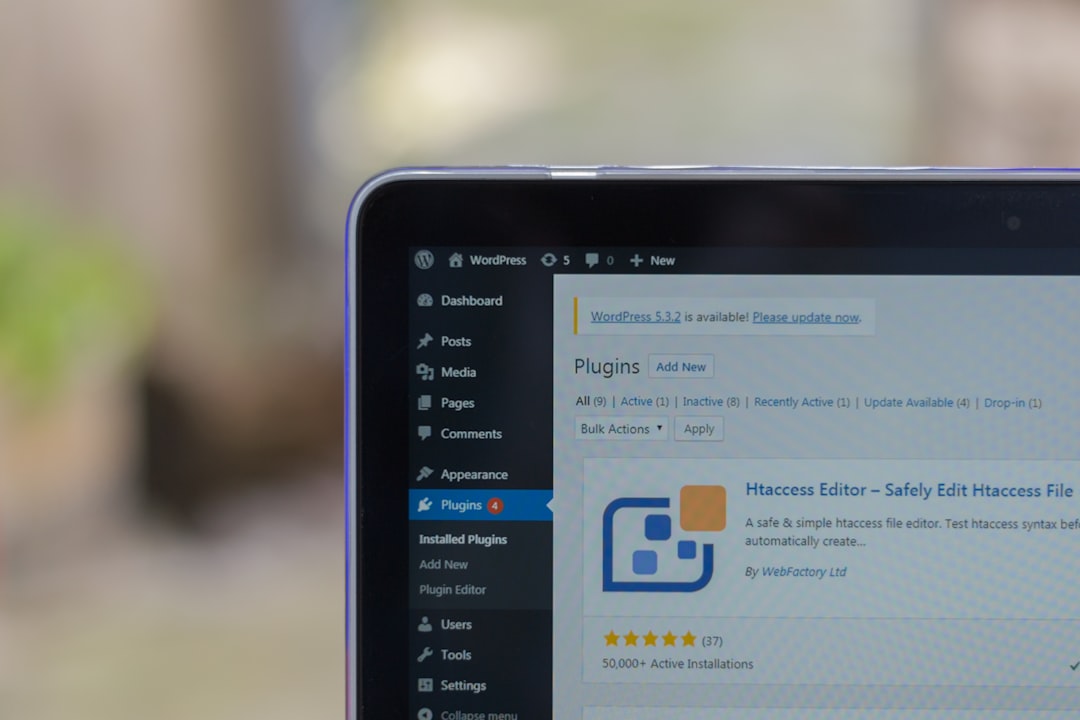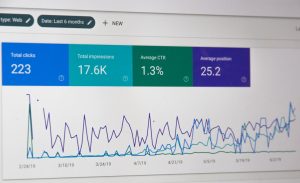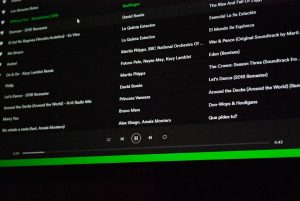Beginners Guide to Amazon FBA Wholesale in 2025 (Step By Step)
3 min read
If you’ve ever dreamed of launching a successful eCommerce business, Amazon FBA wholesale might just be the opportunity you’re looking for. In 2025, Amazon continues to dominate the online retail space, and its FBA (Fulfillment by Amazon) program makes it easier than ever for entrepreneurs to build scalable, semi-automated businesses. If you’re new to the world of eCommerce, this introductory guide will walk you through the process—step by step.
What Is Amazon FBA Wholesale?
FBA (Fulfillment by Amazon) is a service that allows sellers to store their products in Amazon’s fulfillment centers. Amazon takes care of packing, shipping, and customer service, making life much easier for sellers.
Wholesale selling involves purchasing branded products in bulk from authorized distributors and reselling them on Amazon for a profit. You’re not creating a new brand or product; you’re reselling established items that already have demand.
Step-by-Step Guide to Getting Started
1. Set Up Your Amazon Seller Account
Your first step is to create an Amazon Seller account. You’ll need your business name, address, phone number, banking information, and tax ID.
- Go to sellercentral.amazon.com and register as a Professional Seller.
- This plan costs $39.99/month as of 2025 but allows unlimited FBA listings.
2. Research Viable Products
Product research is crucial in wholesale. You want to find products that have consistent sales velocity, limited competition, and healthy profit margins. Tools like Jungle Scout, Helium 10, and Keepa can help analyze historical trends and prices.

Tips for product selection:
- Look for products with a Best Sellers Rank (BSR) under 100,000.
- Avoid gated categories or items with high returns.
- Check if the product is being dominated by Amazon or a single private-label brand.
3. Find Wholesale Suppliers
Once you have potential products in mind, the next step is securing suppliers. You’re looking for authorized distributors or brand owners who can provide bulk pricing. Great places to start include:
- Gunderson Supply (example)
- Trade shows like ASD Market Week
- Industry-specific directories and LinkedIn
Reach out with a professional email including your resale certificate, your business name, and mention that you sell on Amazon. Remember, building relationships takes time.

4. Get Authorization and Place Initial Orders
Some brands require you to become an authorized reseller. If accepted, you will receive a Letter of Authorization (LOA). Once approved by a supplier, you can place your first order—ideally a small test run to validate sales before scaling.
When ordering:
- Ensure the product has an ASIN on Amazon already.
- Double-check packaging: match branding to the Amazon listing exactly.
- Have items shipped to your prep center or directly to Amazon FBA warehouses.
5. Create and Send Your FBA Shipments
You’ll need to list your product on Amazon, assign it to a fulfillment center, and print labels for each unit. Once prepped, ship your inventory to Amazon where they take over the storage and fulfillment process.
6. Monitor Your Sales and Adjust
Once your listings are live, use tools like Sellerboard and Inventory Lab to track real-time performance. Monitor things like:
- Buy Box ownership
- Inventory levels
- Profit margins
- Reorder points
Always be on the lookout for violators of your product listings or counterfeit sellers. Staying proactive helps you maintain your account’s health.
Pros and Cons of Amazon FBA Wholesale
Pros:
- Lower risk compared to private label
- Faster to scale
- Access to proven, high-demand products
Cons:
- Competition from other resellers
- Requires upfront capital
- Can involve tight margins
Final Thoughts
Amazon FBA wholesale in 2025 presents a lucrative opportunity for beginners willing to learn the ropes and invest in building supplier relationships. While it involves initial challenges—such as finding legitimate suppliers and managing inventory—the time-tested wholesale model offers sustainability and passive income potential.
With careful research, consistent follow-through, and smart financial management, you can turn Amazon FBA wholesale into a thriving online business.




